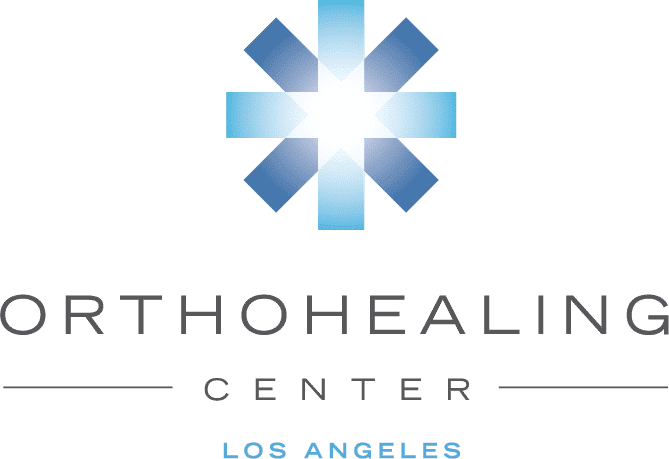Although we’d like to think of aging as more like a ripening of a fine wine, our joints tend to think otherwise. Years of active living, obesity, and constant wear and tear have led to an aging population suffering from chronic joint pain secondary to conditions such as meniscal tears and arthritis. Although chronic meniscal tears resemble more of a “fraying” rather than the typical tear seen in athletic injuries, both are most commonly repaired with arthoscopic partial meniscectomies, which is a minimally invasive surgical procedure that removes the damaged part of the meniscus through small skin incisions. Arthoscopic partial meniscectomies are one of the most common orthopedic surgeries, with as many as 700,000 performed each year in the United States, costing approximately 4 billion dollars. However, a recent study has questioned the validity of this procedure in certain individuals.
A new study published in the New England Journal of Medicine compared the effectiveness of arthoscopic partial meniscectomies versus sham surgery in 146 patients suffering from chronic medial meniscus tears without signs of arthritis. Patients were randomly assigned to receive arthoscopic surgery, or undergo the entire process of surgery without actually having any meniscus removed. The results of the study revealed that a partial meniscectomy was no more effective than sham surgery at 12 months follow up. The study had limitations including a limited sample size & a high dropout rate. Also the sham aspect or control also cleaned out the scar tissue & debris that did have a positive effect on symptoms at follow up and perhaps a better control may have been avoiding a knee scope all together. Nonetheless the study cautions wise selection of appropriate patients for optimal results in the future. Also, in general, surgeons should be cautious when removing large portions of the meniscus that may accelerate arthritis with resumed activity.
Perhaps a missing link includes adding a biologic cell therapy along with the surgery such as (PRP) Platelet Rich Plasma or (BMC) Bone Marrow Concentrate; although trials are needed to evaluate this concept. Theoretically, they may boost the body’s natural healing response & regulate inflammation to promote an accelerated recovery. We expect a growing trend of combining minimally invasive surgery with cell based remedies to maximize recovery & outcomes. Theoretically it makes sense that if we take something out of the joint, we should be adding something as well. Other research is aimed at meniscus transplants.
Non-surgical alternatives for chronic joint pain such as Hyaluronic Acid injections, Platelet Rich Plasma (PRP), and Bone Marrow Concentrate (BMC) have emerged in recent years to provide a potential middle ground between physical rehabilitation and surgical repair and may address the biological disease process. Early research is pointing to significant improvements in pain and function with the use of such treatments, which may improve everyday activities, quality of life, and even delay surgery.
Don’t forget to follow Orthohealing on Twitter (@Orthohealingctr) and Facebook!



